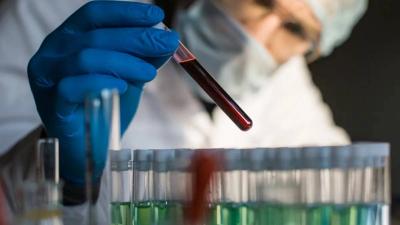With the help of artificial intelligence, scientists have identified the "biological signature" of Parkinson's disease and hope that a simple blood test can detect the disease at least seven years before symptoms manifest. Parkinson's disease currently represents the fastest-growing neurodegenerative disorder in the world. It encompasses a wide range of symptoms, but the most common include slowed movement, tremors, and muscle stiffness. Currently, there are no medications that slow or halt the progression of Parkinson's, and efforts to develop preventive treatments are hampered by the inability to know if someone will develop the disease. Like many advanced neurological conditions, by the time symptoms appear, the damage to brain cells caused by Parkinson's has already occurred.
**Proteins Reveal Disease**
Using machine learning, a form of artificial intelligence, researchers from University College London and the University Medical Center in Göttingen, Sweden, examined blood samples from individuals with Parkinson's and discovered 8 key proteins or "biomarkers" common in those affected by the disease. They then used their machine learning tool to analyze blood samples taken a decade ago from people suffering from a condition called rapid eye movement sleep behavior disorder, of which approximately 75 developed Parkinson's disease.
So far, the AI has successfully predicted the patients who developed Parkinson's, several years before the symptoms first appeared. Dr. Michel Bartl from the University Medical Center in Göttingen stated, "By monitoring 8 proteins in the blood, we can identify potential Parkinson's patients several years in advance," as reported by British network Sky News. He added, "This means that it is possible to administer drug treatments at an early stage, which could slow the progression of the disease or even prevent it." Researchers still have more work to do to better verify the accuracy of the tests and develop an easily usable version for hospitals and medical clinics.




